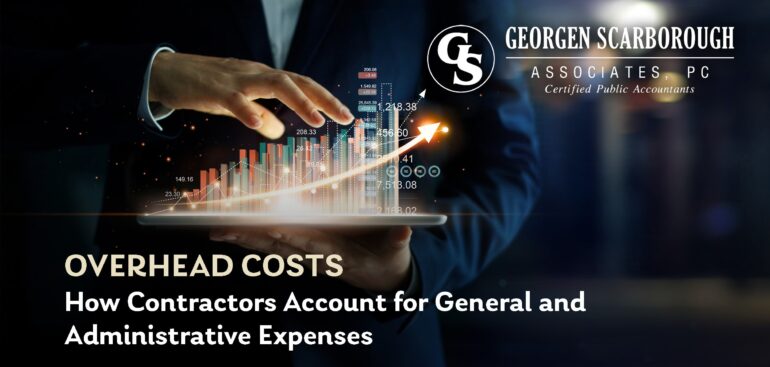Government contractors deal with a range of general and administrative expenses or overhead costs. The term ‘overhead costs’ is a broad category. It’s not usually confined to a single project, but allocated and distributed across several projects. There are two types of costs in this regard: general & administrative (G&A) and indirect. How should a contractor go about allocating G&A expenses?
How to allocate G&A costs
You should consult a certified public accountant on your allocation of overhead costs. As these can be quite complex. Some of the matters to consider on how contractors account for general and administrative expenses are:
- the real costs associated with completing a job
- what costs can be considered as overhead costs
- the best method for allocating G&A costs, and
- the technology that the company uses.
Once answering these questions, you can allocate your costs in question in a number of ways. For example, label them as direct job costs or as direct labor costs (direct labor hours). The types of projects involved and the type of company determine the right method. For example, contractors whose work is less labor-intensive would do well to allocate their costs based on total direct job costs, rather than direct labor hours. In contrast, the pricing for more labor-intensive work depends on labor hours.
How to determine overhead rates
Determine overhead rates by using the chosen method of cost allocation. Calculate your rate as a percentage of revenue or a portion of revenue if your costs are allocated according to job cost. If you focus on labor costs, then calculate your rate as a percentage of those. You can also track actual costs in your general ledger (G/L). Then distribute them proportionally across your jobs.
Allocate your general and administrative expenses in a way that best suits your company, projects, and working methods with a certified public accountant. Contact Georgen Scarborough to make your financials more accurate and manageable.

